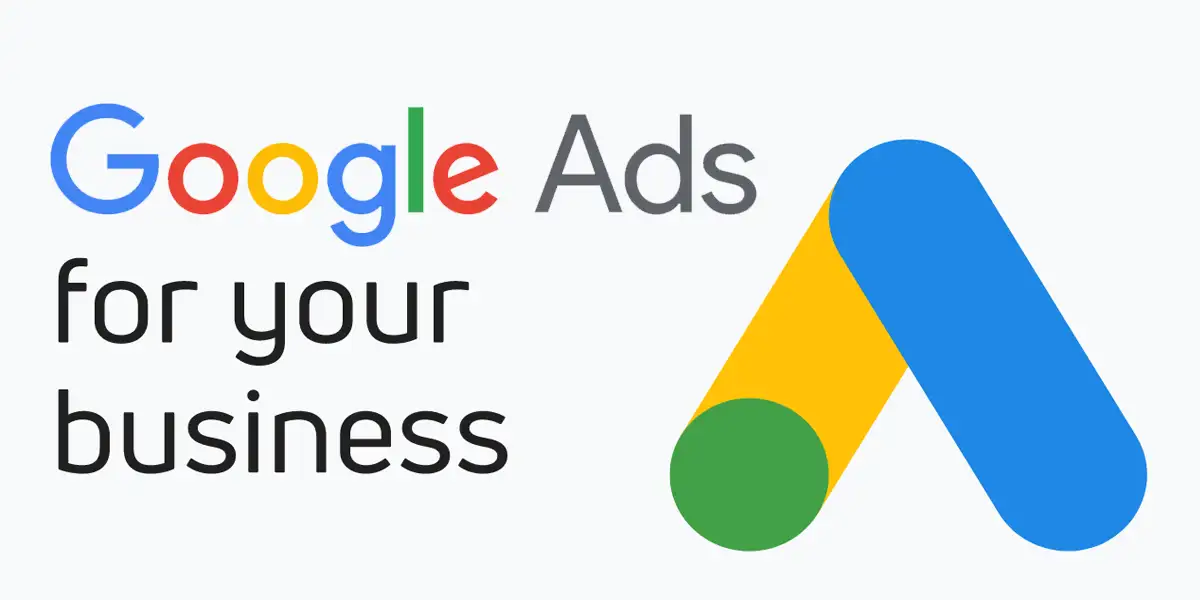Navigating Google Advertising Cost for Small Businesses
A Comprehensive Guide
In the ever-evolving digital landscape, online advertising has become an indispensable tool for businesses of all sizes to reach their target audience effectively. Google, being one of the world’s largest search engines, offers a range of advertising options that cater to various budgets. For small businesses looking to make their mark without breaking the bank, understanding Google Ads advertising costs is paramount. In this guide, we’ll walk you through the essentials of Google advertising cost for small business.
1. Diverse Advertising Platforms
Google provides several platforms for online advertising, each with its own pricing model. The most popular ones include:
- Google Ads (formerly known as Google AdWords): This platform enables businesses to create text, display, video, and shopping ads that appear on the search engine results page (SERP) and various websites in Google’s network. The cost is based on a pay-per-click (PPC) or pay-per-impression (CPM) model.
- Google Display Network: These are image and video ads displayed on websites that are a part of Google’s ad network. Costs are typically lower than search ads and can be based on CPC or CPM.
- YouTube Ads: Video ads on YouTube can be a powerful way to engage potential customers. Advertisers can pay per view or per engagement, depending on the type of ad.
- Google Shopping: These ads showcase products along with their prices and images. Costs are based on a PPC model.
2. Pricing Models
Google’s pricing models can be divided into three main categories:
- Cost-Per-Click (CPC): With CPC ads, you only pay when someone clicks on your ad. The cost per click can vary greatly depending on factors like competition, keywords, and ad quality. This model allows for better control over spending as you’re only charged when there’s direct engagement with your ad.
- Cost-Per-Thousand Impressions (CPM): CPM ads charge based on the number of times your ad is shown, regardless of clicks. This can be beneficial for raising brand awareness, but it might not lead to direct clicks or conversions.
- Cost-Per-Action (CPA): Some campaigns use a CPA model, where you only pay when a specific action is taken, such as a form submission or purchase. This model can be more cost-effective as it focuses on actual conversions.
Google Ads Video Tutorial
3. Factors Affecting Costs
Several factors influence how much you’ll pay for Google advertising:
- Keyword Competition: Highly competitive keywords generally have higher CPCs, making it crucial to balance popular keywords with more specific, lower-cost ones.
- Quality Score: Google evaluates the relevance and quality of your ads and landing pages. Higher-quality ads often result in lower CPCs.
- Ad Format: Different ad formats have different costs. Text ads might be less expensive than video ads, for instance.
- Ad Placement: Ad placement on premium websites or at the top of the search results page could cost more.
4. Setting a Budget
Small businesses should begin by setting a clear advertising budget. Google allows you to set daily and campaign budgets, providing flexibility in controlling costs. Start small, analyze your results, and adjust your budget as needed to optimize your spending.
5. Optimizing for Success
To make the most of your advertising budget, consider these optimization strategies:
- Keyword Research: Thorough keyword research ensures you’re targeting the right audience and not overspending on competitive terms.
- Ad Copy and Design: Craft compelling ad copy and visually appealing designs to increase engagement and click-through rates.
- Landing Pages: Ensure that your landing pages are relevant to the ad and provide a seamless user experience, leading to higher conversion rates.
- Testing: Continuously A/B test your ads to identify which versions are performing better and refine your approach accordingly.
Google advertising can be an invaluable tool for small businesses aiming to expand their reach and drive conversions. Understanding the various platforms, pricing models, and optimization strategies is essential for managing costs effectively. By carefully planning your campaigns, monitoring your results, and refining your approach, you can harness the power of Google advertising to achieve your business goals without stretching your budget.


